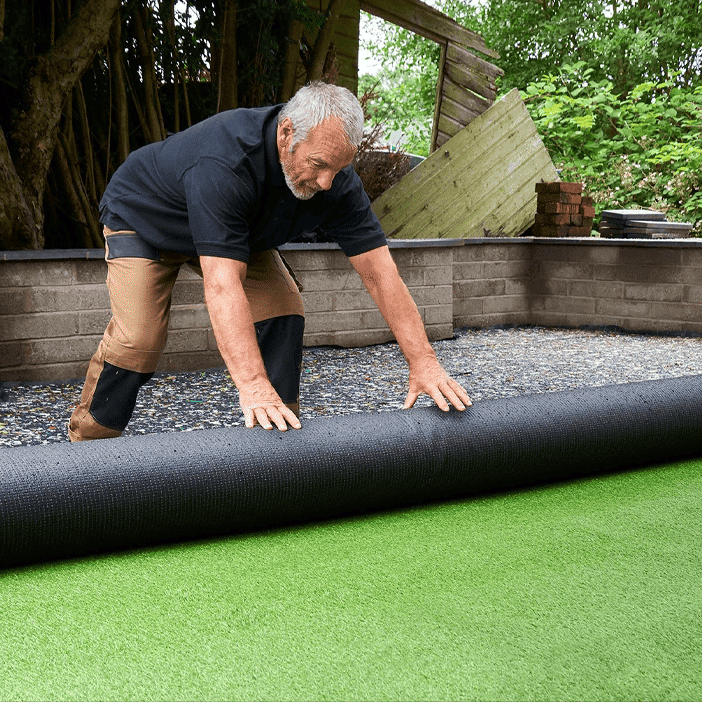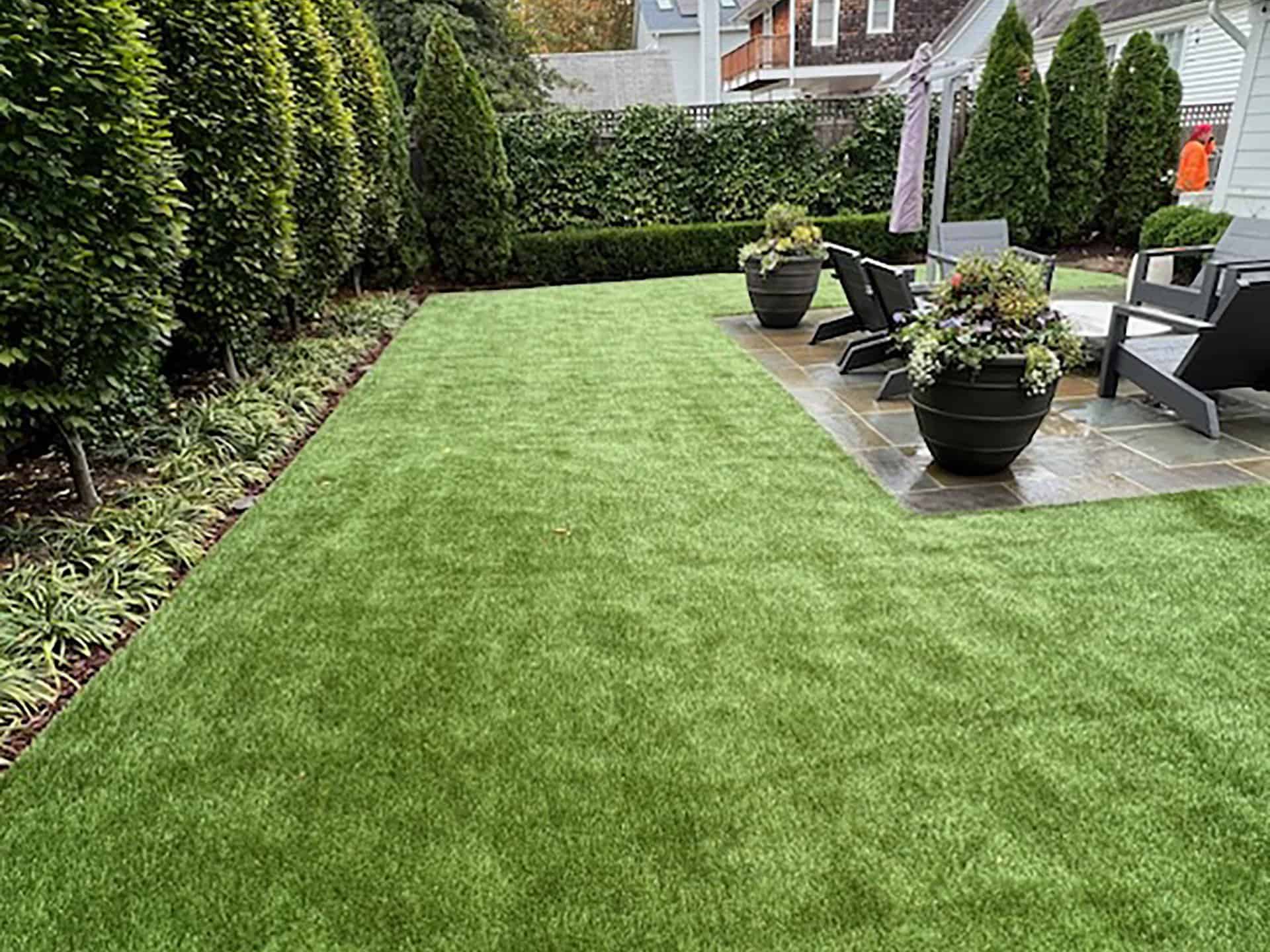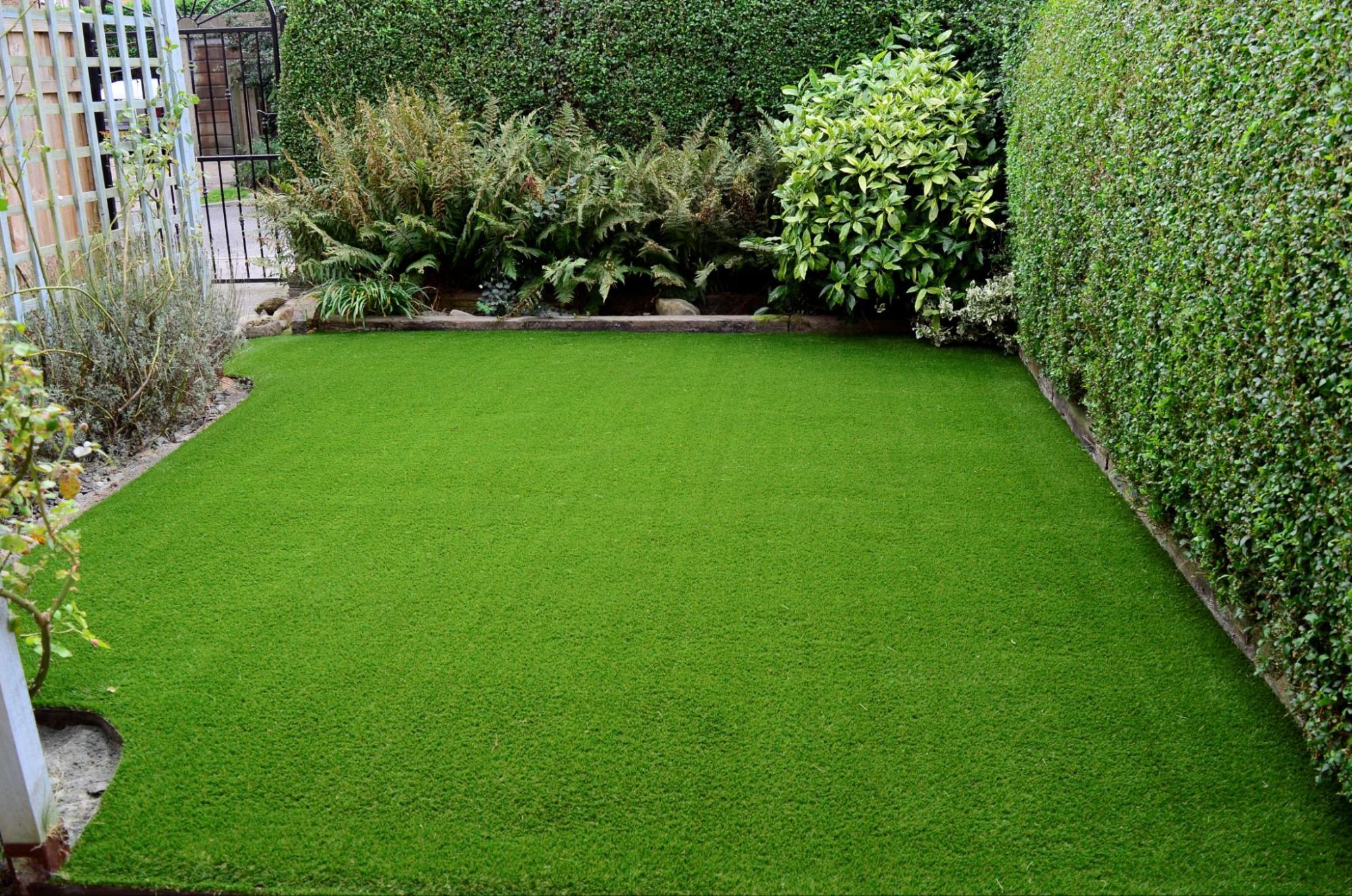High-Quality Arizona Turf Installation Services for Homes and Commercial Properties
High-Quality Arizona Turf Installation Services for Homes and Commercial Properties
Blog Article
Explore the Environmental Perks of Opting for Synthetic Grass Solutions
The adoption of artificial grass services provides an engaging possibility to deal with pushing ecological challenges. By significantly minimizing water use and minimizing the application of hazardous chemicals, these choices not just promote sustainable landscape design but likewise shield neighborhood environments.
Water Preservation Benefits
One of one of the most substantial benefits of fabricated lawn is its capability to save water. Standard yard yards need considerable irrigation, specifically in areas susceptible to drought or water restrictions. In comparison, fabricated lawn does not need watering, significantly lowering the general demand for water sources. This feature is particularly useful in dry areas where water shortage is a pressing issue.
By eliminating the need for routine watering, artificial grass adds to sustainable landscape techniques and helps alleviate the ecological effect of too much water consumption. The conservation of water prolongs to the decrease of drainage, which can lead to soil disintegration and river pollution.
In addition, the installation of synthetic grass enables home owners and municipalities to assign water sources extra efficiently, focusing on necessary usages such as drinking water and farming. The shift in the direction of artificial turf not only promotes liable water use but also aligns with broader ecological goals aimed at preserving natural deposits.
As communities progressively prioritize sustainability, the water conservation advantages of synthetic grass offer an engaging situation for its adoption in domestic and commercial landscape design tasks.
Decreased Chemical Use
The shift to artificial lawn significantly reduces the reliance on chemical therapies typically used in natural yard upkeep. Conventional turf management commonly involves the application of herbicides, plant foods, and pesticides to promote development and control insects. These chemicals can present dangers to human health, regional wildlife, and the atmosphere, adding to dirt and water contamination.
In contrast, synthetic grass gets rid of the need for these damaging compounds. As soon as set up, it calls for very little maintenance, mainly including routine cleansing and irregular infill replenishment. This decrease in chemical use not just profits the immediate atmosphere but likewise adds to wider eco-friendly stability. By decreasing the release of artificial substances into the ecological community, synthetic grass promotes healthier dirt and water systems.
Moreover, the absence of chemical drainage related to man-made lawn installations helps secure regional rivers from contamination, supporting water life and preserving biodiversity. Arizona turf. As areas progressively focus on lasting practices, choosing synthetic grass provides a sensible solution that aligns with environmental preservation objectives. Via this change, home owners can appreciate lush environment-friendly rooms without jeopardizing environmental wellness, leading the way for an extra lasting future
Lower Carbon Footprint

In addition, the setup of synthetic grass can result in significant water conservation. All-natural yards call for considerable quantities of water for watering, which not just adds to the carbon impact related to water extraction and treatment but likewise pressures local water resources. In comparison, synthetic lawn needs very little upkeep, requiring no watering, consequently significantly minimizing water usage and its linked power prices.
Additionally, the longevity of synthetic grass adds to its lower carbon influence. With a life expectancy of approximately 15 years or even more, the requirement for constant replacements is reduced, resulting in much less waste and reduced power intake in manufacturing and taking care of conventional lawn options. Generally, synthetic grass presents a lasting alternative for environmentally aware landscape design.
Habitat Conservation
Environment preservation is a vital consideration in the dispute over landscape design options, especially when comparing synthetic grass to natural grass. All-natural turf lawns typically need substantial maintenance, including the usage of herbicides, chemicals, and fertilizers, which can negatively affect regional environments. These chemicals can leach right into the why not look here dirt and waterways, damaging indigenous flora check this and animals and interfering with local habitats.
Artificial turf gets rid of the need for unsafe chemicals, thereby safeguarding close-by wildlife and maintaining the integrity of surrounding environments. The installment of fabricated lawn can lead to the conversion of former turf locations right into even more biodiverse landscapes, such as pollinator yards or indigenous plant areas, which can support local wildlife.
Inevitably, the change to synthetic grass not only conserves water and reduces upkeep efforts but likewise cultivates a more unified partnership in between human activities and the natural surroundings, advertising habitat preservation in the procedure.
Long-Term Sustainability
Long-lasting sustainability is a crucial consider reviewing the advantages of synthetic grass over typical yard lawns. Among the most significant advantages of synthetic grass is its longevity; it can last approximately 15-20 years with very little maintenance, whereas all-natural grass calls for regular reseeding and substitute. This durability minimizes the requirement for constant sources, such as water, fertilizers, and pesticides, which are important for keeping a healthy yard lawn.
Furthermore, synthetic grass adds to a decrease in carbon exhausts linked with lawn treatment equipment. Standard grass commonly require gas-powered mowers, leaners, and blowers, link every one of which contribute to air contamination. Phoenix turf companies. In contrast, synthetic turf gets rid of the requirement for such tools, promoting a cleaner setting
Furthermore, the manufacturing of artificial grass significantly utilizes recycled materials, improving its sustainability profile. As suppliers embrace green techniques, the environmental footprint of fabricated lawn continues to lessen.

Verdict
The fostering of synthetic grass solutions provides considerable ecological advantages, including substantial water conservation, decreased dependence on dangerous chemicals, and a reduced carbon impact. In addition, synthetic grass aids in preserving natural habitats by minimizing land disturbance and promoting long-lasting sustainability with using durable products. Jointly, these variables emphasize the capacity of synthetic turf to add favorably to ecological health and offer a feasible option to standard landscaping practices in an increasingly resource-conscious globe.
In contrast, artificial lawn does not need watering, significantly reducing the overall demand for water resources. By lessening the launch of artificial compounds right into the environment, synthetic turf advertises healthier dirt and water systems.
Additionally, the installment of man-made lawn can result in considerable water preservation. In contrast, synthetic turf needs marginal maintenance, needing no watering, thereby significantly reducing water usage and its linked energy costs.

Report this page